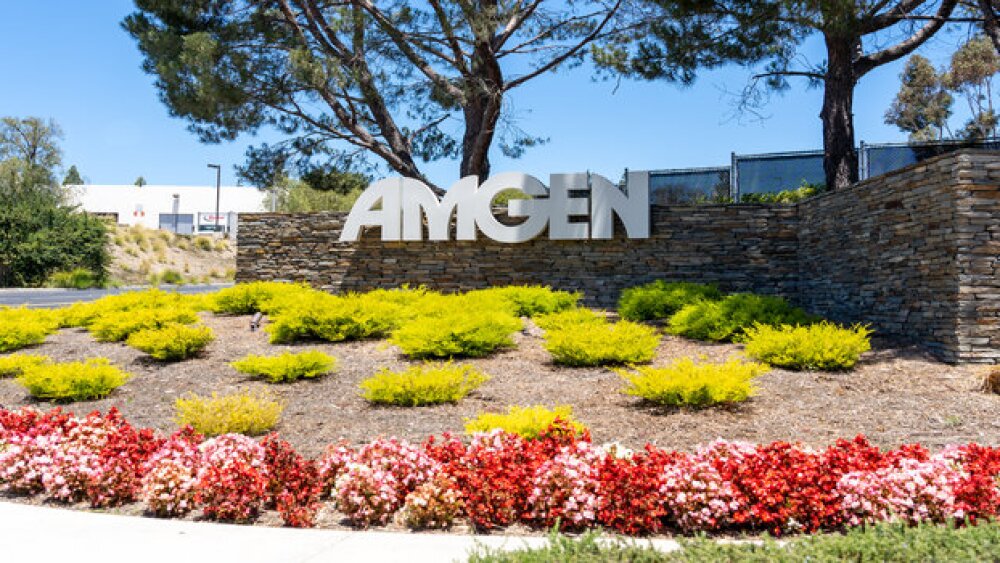mRNA therapies are the future of treatments for many different conditions. Now, other types of RNA therapy are getting attention too, and it’s sparking exciting new developments.
Moderna and Pfizer made history with their mRNA COVID-19 vaccines. The vaccines launched mRNA therapeutics into a new era of development, and after 11.4 billion doses, mRNA therapies are the future of treatments for many different conditions. Now, other types of RNA therapy are getting attention too, and it’s sparking exciting new developments.
The online publication Advanced Science recently published a study that focused on transfer RNA (tRNA) as a way of identifying disease pathways. The study focused on extracellular transfer RNA-derived small RNA (tDRs), which are usually activated as a cell stress response. By measuring tDRs, scientists can identify genetic fragmentation patterns from specific types of stress, such as radiation poisoning, poor nutrition, exposure to toxins and lack of oxygen—all of which can lead to disease.
“The potential of tDRs to serve as biomarkers to diagnose disease or monitor disease progression has been studied to some extent in cancer patients….We expect that our data may be of use to investigators in this field who wish to investigate extracellular tDRs as biomarkers for disease processes or examine their functional role in the context of cellular stress,” the authors stated.
The researchers will use the tDR data as a way to study mRNA treatments for kidney disease, cancers, fibrosis and other diseases.
Transfer RNA, or tRNA, is another type of RNA that is catching the interest of researchers. Takeda-backed biotech startup hC Bioscience recently raised $24 million in Series A financing to help launch its tRNA-based therapeutics platforms. The startup has two proprietary platforms dedicated to using tRNA to target malfunctioning proteins. With the financing, hC Bioscience hopes to refine its precision protein editing technology to fix tRNA errors and cure genetic diseases.
“A single tRNA therapy has the potential to treat many diseases, regardless of the gene or location of the mutation,” said Leslie J. Williams, president and CEO of hC Bioscience.
Another company taking on tRNA therapies is Alltrna. The Massachusetts-based startup is building a tRNA platform that will digitize tRNA samples for genetic diseases. Alltrna hopes that with a database of tRNA information, it can use artificial intelligence (AI) to develop gene-editing therapies that treat specific tRNA errors that cause disease.
Alltrna is backed by incubator Flagship Biosciences, a longtime RNA investor. The company also boasts experienced leadership from its all-female scientific advisory board. Alltrna also just announced a new CEO, Michelle Werner, a longtime pharmaceutical industry veteran with both Novartis and AstraZeneca on her resume.
“Leading Alltrna combines both my experience and my passions, and I am eager to help the team realize the full therapeutic potential of tRNA across a wide range of diseases,” said Werner.
The third opportunity for RNA therapies is circular RNA. Circular RNA (circRNA) is a single-stranded type of RNA that is enclosed, making it a loop or circle shape. Its unique shape makes circular RNA ideal for regulating genetic transcription and protein templates.
Recently, researchers from Peking University, the Chinese Academy of Medical Sciences and Peking Union Medical College worked together to create a circRNA vaccine for coronavirus. The circular shape of the RNA is more difficult for the body to break down than a strand shape is, which results in a stronger immune response to the vaccine and makes immunity last longer.
The circRNA vaccine was tested on animals and produced better protection against Sars-CoV-2 than an mRNA vaccine did. The circRNA vaccine can also be stored at room temperature, unlike freezing mRNA vaccines, which means circRNA is easier to transport and could be more accessible to patients in remote locations.





